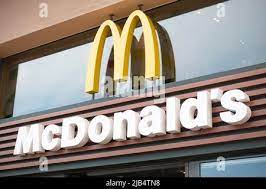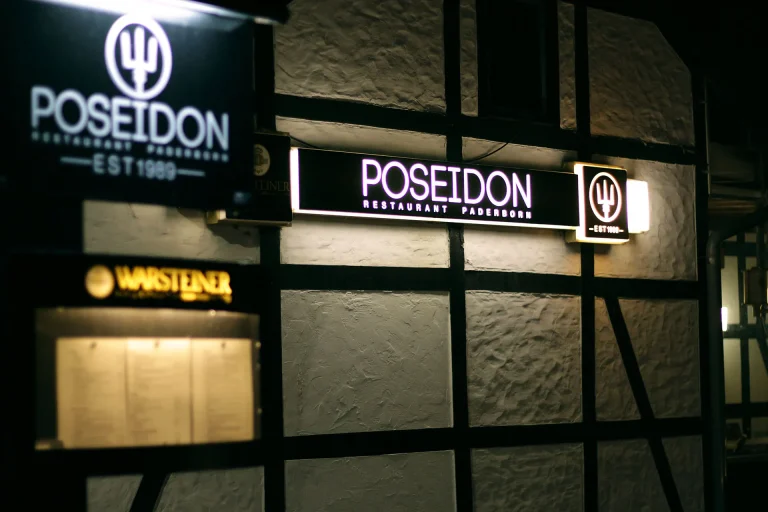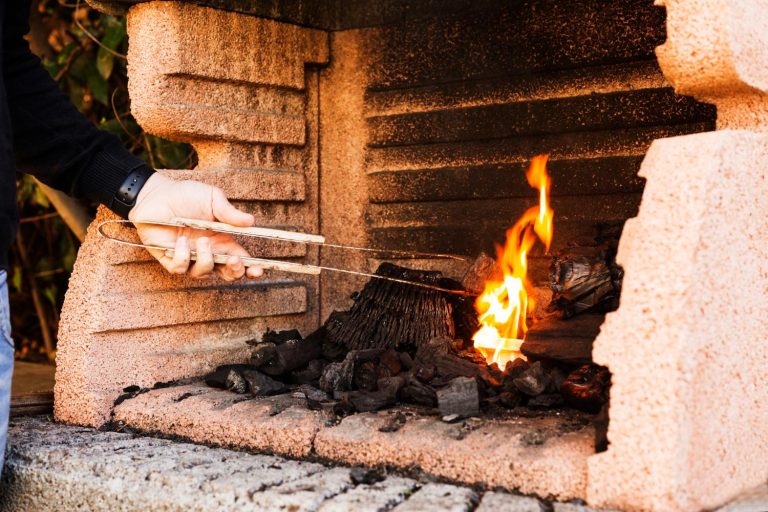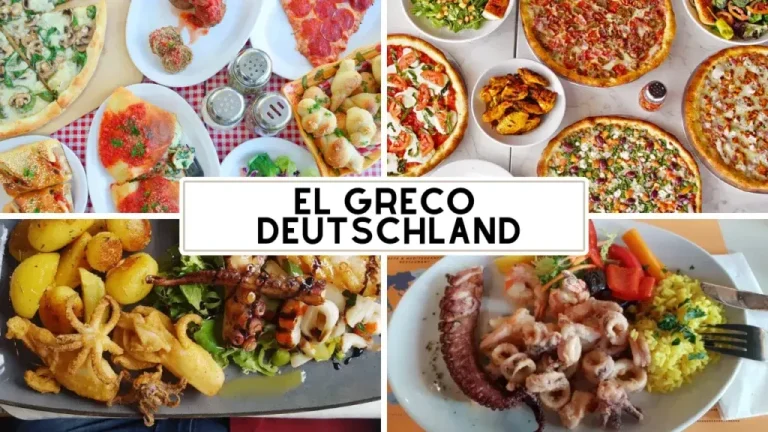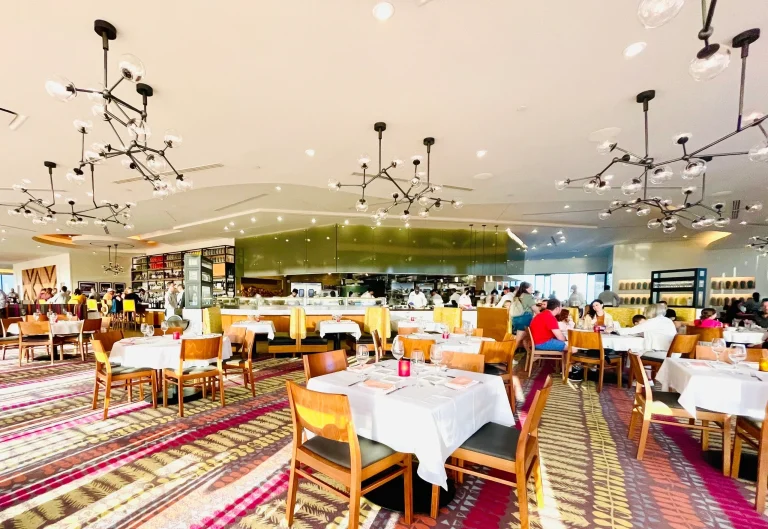When Did The First McDonalds Open? Key Details Inside!
When Did The First McDonalds Open? This question sparks curiosity about the origins of one of the world’s most recognizable fast-food chains. The first McDonald’s restaurant opened on May 15, 1940, in San Bernardino, California, founded by brothers Richard and Maurice McDonald. Initially, the restaurant featured a carhop drive-in model serving barbecue, but the brothers quickly realized that hamburgers were their best sellers.
This led to a significant transformation in their business model, paving the way for the franchise system that would eventually spread across the globe. With the help of Ray Kroc, who joined the brothers in their journey, McDonald’s evolved from a modest local eatery into a multinational giant. In this blog post, we will explore the key details surrounding the opening of the first McDonald’s and the fascinating story behind its rise to fame.
Table of Contents
The Early Years of the McDonald Brothers
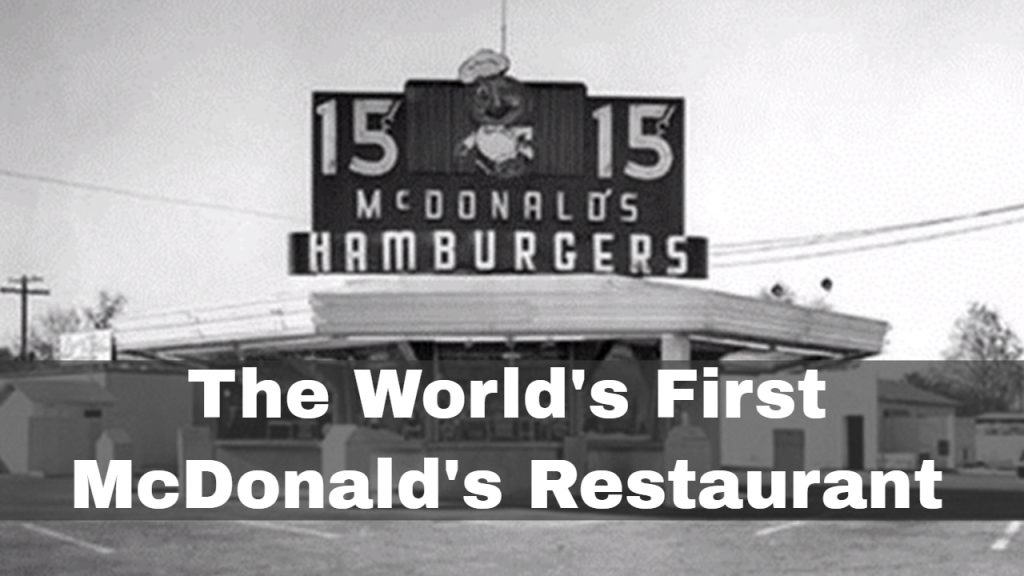
| Aspect | Details |
| Names | Richard „Dick“ McDonald and Maurice „Mac“ McDonald |
| Origin | Moved from Manchester, New Hampshire to Hollywood, California in the late 1930s |
| Initial Jobs | Set movers and handypersons at motion picture studios |
| Family Business | Their father, Patrick McDonald, opened The Airdrome, a food stand near Monrovia Airport in 1937 |
| Business Opportunity | Recognized opportunity in the burgeoning fast-food industry |
| Restaurant Model | Started with a car shop drive-in model, a popular dining style at the time |
| Influence on Fast Food | Early experiences in Hollywood and the local food industry laid the foundation for their innovative approach to fast food |
| Market Trend Recognition | Their knack for recognizing market trends proved instrumental in their success |
The First McDonald’s Restaurant
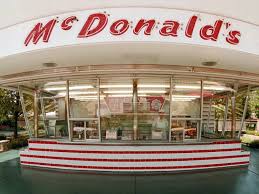
The McDonald brothers opened their first restaurant in San Bernardino, California, on May 15, 1940. They initially offered a carhop drive-in model featuring a menu centred around the barbecue. However, hamburgers quickly became the most popular item. Realizing this, the brothers streamlined their menu to focus primarily on hamburgers, cheeseburgers, potato chips, and beverages.
By 1948, they introduced an innovative, self-serve system that increased efficiency and customer turnover. This change marked a pivotal moment, setting the stage for the future McDonald’s model. The iconic „Golden Arches“ were introduced in the early 1950s, adding visual appeal and branding power. The brothers‘ commitment to efficiency and quality laid the foundation for a global phenomenon, forever changing the fast food landscape.
Innovations and Efficiency Improvements
| Aspect | Details |
| Pioneers of Efficiency | The McDonald brothers innovated in restaurant operations. |
| Kitchen Layout | Sketched on a tennis court to optimize space and streamline operations. |
| Speedee Service System | Introduced to minimize wait times and maximize customer satisfaction. |
| Service Model | Replaced traditional table service with a self-service model. |
| Visual Appeal | Used bright, gleaming surfaces and neon signs to attract customers. |
| Seating Arrangement | Fixed seating encouraged quick meals, increasing turnover rates. |
| Symbol of Success | The Golden Arches became a symbol of fast service and quality. |
| Outcome | Their innovations transformed a simple eatery into an efficient machine, leading to global success. |
The First Franchisees and Expansion
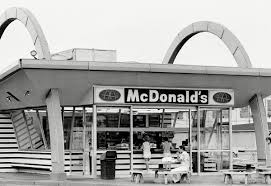
The McDonald brothers sought franchisees to expand their brand. Their first franchisee, Neil Fox, opened a location in Phoenix, Arizona. Fox’s restaurant was the first to feature the Golden Arches design. His success sparked interest from others. Soon after, Roger Williams and Bud Landon from General Petroleum joined as franchisees. They opened a McDonald’s in Downey, California.
The Downey location is the oldest surviving McDonald’s. These early franchises played a crucial role in McDonald’s growth. The standardized design and menu ensured consistency across locations. The brothers’ streamlined operations appealed to potential franchisees. Expansion began in earnest, with more locations opening across the U.S. This marked the beginning of McDonald’s rapid rise. The franchise model set the stage for national success.
Ray Kroc and the National Expansion
| Aspect | Details |
| Individual | Ray Kroc |
| Profession | Multimixer milkshake machine salesman |
| Initial Encounter | Visited the McDonald brothers‘ restaurant in San Bernardino in 1954 |
| Impression | Impressed by the efficiency of the McDonald brothers‘ operations |
| Vision | Envisioned nationwide franchises for McDonald’s |
| Brothers‘ Reaction | Initially skeptical about expansion |
| Franchise Rights | Secured the rights to expand McDonald’s |
| Focus Areas | Standardizing the menu and operations |
| Key Qualities | Relentless drive and marketing prowess |
| First Franchise Opened | Des Plaines, Illinois in 1955 |
| Expansion Goal | Aimed for a nationwide presence |
| Attraction for Franchisees | Commitment to quality and consistency |
| Growth Milestone | 100 McDonald’s restaurants by 1959 |
| Leadership Impact | Kroc’s leadership and strategic decisions transformed McDonald’s into a household name |
| Transformation | Local eatery to national sensation |
| Continued Growth | Rapid growth continued under Kroc’s guidance |
The Sonneborn Model and Real Estate Holdings
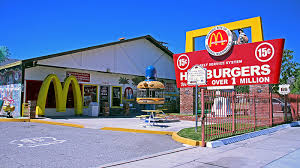
The Sonneborn Model revolutionized McDonald’s growth strategy. Harry J. Sonneborn, a former vice president of finance for Tastee-Freez, proposed owning the real estate on which franchises operated. This idea minimized franchisee costs and maximized McDonald’s control. By forming Franchise Realty Corp, McDonald’s could lease properties to franchisees at a markup. This approach turned real estate into a lucrative asset, ensuring steady income. Ray Kroc implemented Sonneborn’s plan, driving rapid expansion.
The company’s real estate holdings became a financial powerhouse. In fact, McDonald’s real estate represents 99% of its assets. This model secured McDonald’s economic stability and fueled its global reach. The innovative strategy set McDonald’s apart, making it more than just a fast-food chain. Today, the Sonneborn Model remains integral to McDonald’s success.
Marketing Successes in the 1960s and 1970s
McDonald’s marketing brilliance in the 1960s and 1970s set industry standards. The introduction of the Ronald McDonald character in 1963 captivated children and families alike. Clever advertising campaigns made McDonald’s a household name. The Big Mac, launched in 1968, quickly became an iconic menu item. Slogans like „You deserve a break today“ resonated with a busy, modern America.
McDonald’s tailored its advertising to different regions, appealing to local tastes. The Filet-O-Fish was a hit, with Catholics abstaining from meat on Fridays. Happy Meals, introduced in 1979, turned meal times into family fun. The company also capitalized on the rise of television, running catchy commercials during popular shows. McDonald’s understood the power of consistent branding and creative promotions, which cemented its place in pop culture.
Expansion in the 1980s and 1990s
The 1980s and 1990s marked a period of explosive growth for McDonald’s. The company opened its first restaurant in Mexico in 1983, broadening its reach in Latin America. The 1984 Olympics promotion turned out to be costly but increased brand visibility. In 1990, McDonald’s entered Mainland China, opening in Shenzhen, marking a significant milestone.
By the early 1990s, McDonald’s introduced the Extra Value Meal, which quickly became a customer favourite. McDonald’s also pioneered smaller-scale locations with the McDonald’s Express, catering to urban markets. During this era, McDonald’s expanded geographically and diversified its menu, adapting to local tastes. They faced challenges, including the Taiwan bombings and the Sydney River murders, which tested their resilience. Overall, these decades solidified McDonald’s presence on the global stage.
The 21st Century and Modern Developments
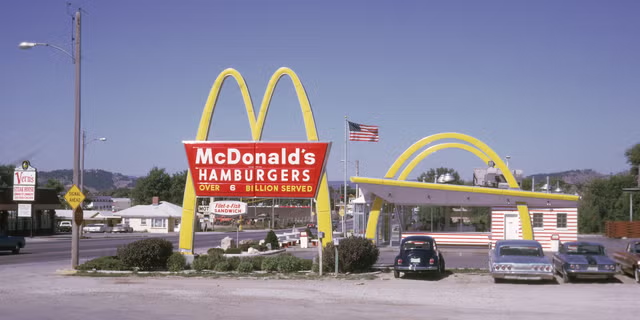
| Aspect | Details |
| Record Revenue | In 2012, McDonald’s celebrated record-breaking revenue of $27 billion. |
| Profit Decline | Mid-2010s saw declining profits, prompting changes to the menu. |
| Menu Innovation | Launched all-day breakfast in 2015, revitalizing sales. |
| Technological Advancements | Introduced self-order kiosks and mobile apps to enhance customer experience. |
| Sustainability Initiatives | Pushed for eco-friendly packaging and healthier menu options. |
| Global Resilience | Faced challenges like the 2016 Munich shooting, testing their resilience. |
| Market Exit | In 2022, suspended operations in Russia due to the Russia-Ukraine conflict. |
| Rebranding Efforts | Exited the Russian market and rebranded with local franchises. |
| Brand Evolution | Continues to evolve by focusing on innovation and adaptability. |
| Balancing Tradition and Modernity | Strives to balance traditional values with modern demands to ensure enduring global presence. |
Frequently Asked Questions
When did the first McDonald’s open?
The first McDonald’s restaurant opened in San Bernardino, California, on May 15, 1940. It was founded by brothers Richard and Maurice McDonald.
What was the original menu at the first McDonald’s?
The original menu at the first McDonald’s featured barbecue items. However, it quickly shifted to focus primarily on hamburgers, cheeseburgers, potato chips, and beverages.
Who helped expand McDonald’s into a nationwide franchise?
Ray Kroc played a crucial role in expanding McDonald’s into a nationwide franchise. He joined the McDonald brothers 1954 and helped standardize operations and menu items.
What is the Sonneborn Model?
The Sonneborn Model involves owning the real estate on which McDonald’s franchises operate. This strategy, proposed by Harry J. Sonneborn, has been critical to the company’s financial success and expansion.
Conclusion
The journey of McDonald’s from a modest barbecue stand to a global fast-food empire is genuinely remarkable. The McDonald brothers‘ vision for efficiency and quality laid the groundwork. Ray Kroc’s relentless drive and innovative strategies propelled the brand forward. Through clever marketing and strategic expansions, McDonald’s captured hearts worldwide. The introduction of the Golden Arches became synonymous with quick, reliable service.
The Sonneborn Model further solidified the company’s financial success, ensuring stability and growth. Despite facing challenges and evolving market demands, McDonald’s has adapted resiliently. Their focus on innovation, technology, and customer satisfaction remains strong. As McDonald’s continues to expand and innovate, its legacy as a pioneering force in the fast-food industry endures. This iconic brand shows no signs of slowing down.
